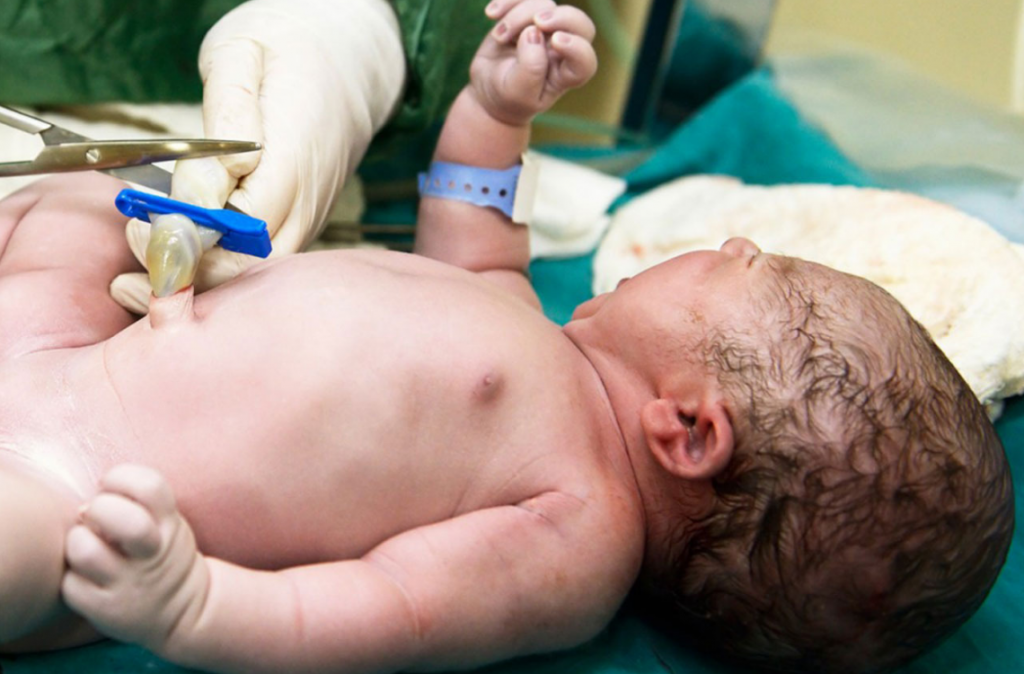Do you know how beneficial and powerful your baby’s umbilical cord can be? A baby’s umbilical cord is made up of tissue and blood. The blood that remains in the baby’s umbilical cord post-delivery actually contained rich sources of stem cells and other cells of the immune system. In short, a baby’s umbilical cord can actually save one’s life!
What are stem cells?
Generally, the human body is composed of more than 200 specialized cells, each geared toward a very specific function. One of the most unique cells is stem cells. Stem cells have the ability to become many different types of cells, and they can replicate rapidly. They can transform into identical or form new cells entirely. Stem cells play a huge part in the body’s healing process as they can be used to repair or replace cells in our body that have been changed or lost.
Furthermore, stem cells are the building blocks of the blood and immune system. They can develop into many different cell types on the body, so they can help repair tissues, organs, and blood vessels. Stem cells can also be used to treat a host of diseases. That ’s how important and beneficial stem cells are!
What is cord blood?
Cord blood is the blood that remains in the baby’s umbilical cord and the placenta post-delivery. At or near the time of delivery, there is a maternal-fetal transfer of cells to boost the immune systems of both the mother and baby in preparation for labor.
Stem cells from the cord blood hold untapped potential.
Cord blood contains young & flexible hematopoietic stem cells (HSC). This HSC can become any of the different types of blood cells found in the body and are the foundation of our immune system. There was a time before the 90s that the cord blood was considered medical waste. Today, the stem cells from the cord blood have been used in more than 35 000 transplants and 80 blood-related diseases worldwide.
Why is cord blood banking important? Why store cord blood?
Cord blood is loaded in stem cells that contain hematopoietic cells. Stem cells from the cord blood rarely carry any infectious diseases. Thus, it can be used to treat diseases that harm the blood and immune systems, such as some cancers, anaemias, and some metabolic disorders.
Families who have a history of certain genetic diseases are especially encouraged to bank their baby’s cord blood due to its potential use in siblings. Cord blood taken from a baby’s umbilical cord is always a perfect match for the baby and the families. In fact, immediate family members are more likely to also be a match for the banked cord blood.
Cord blood is also often referred to as a regenerative medicine. This is because it can help our body to regenerate tissues and systems. That is why cord blood banking is so important. Moreover, it is only a one time opportunity at birth to collect and store your baby’s cord blood stem cells.
What are the procedures to collect, process and banking of cord blood?
Cord blood is collected right after the birth of a baby. It is a safe and painless procedure. The following are the key steps of the process and banking of cord blood:
- Step 1: Doctor cuts the umbilical cord, and the baby is separated from the placenta.
- Step 2: Collection bag needle is inserted into the umbilical cord vein.
- Step 3: Blood is drained from the cord into collection bag by gravity flow.
- Step 4: Once the cord blood is collected, the collection bag will be placed in a specially designed collection kit and transported to the laboratory for processing.
- Step 5: Once it arrives at the lab, the technologist will perform a series of tests and assess the amount of stem cell collected. Upon completion, the cord blood stem cell will be stored in FDA-approved multi-compartment Cryobag and cryopreserved for a long-term at -196oC.
Will the procedure harm the mother or the baby?
No! Cord blood collection is very safe, and it does not interfere with the delivery. This is because right after birth, the doctor will clamp the umbilical cord in two places and cuts the cord. In fact, the process is so quick and painless that parents are often unaware that it has even happened!
Luckily these days, more and more parents are thinking ahead of time as they decide to store their baby’s cord blood. They already plan to collect and bank their baby’s cord blood during the pregnancy. They know that they want to do right from the start by taking steps to do whatever they can do to help saves lives in the future.
Learn more about cord blood banking with StemLife Berhad and get your baby products at Motherhood.com.my today!
This story was sponsored by StemLife Berhad.
